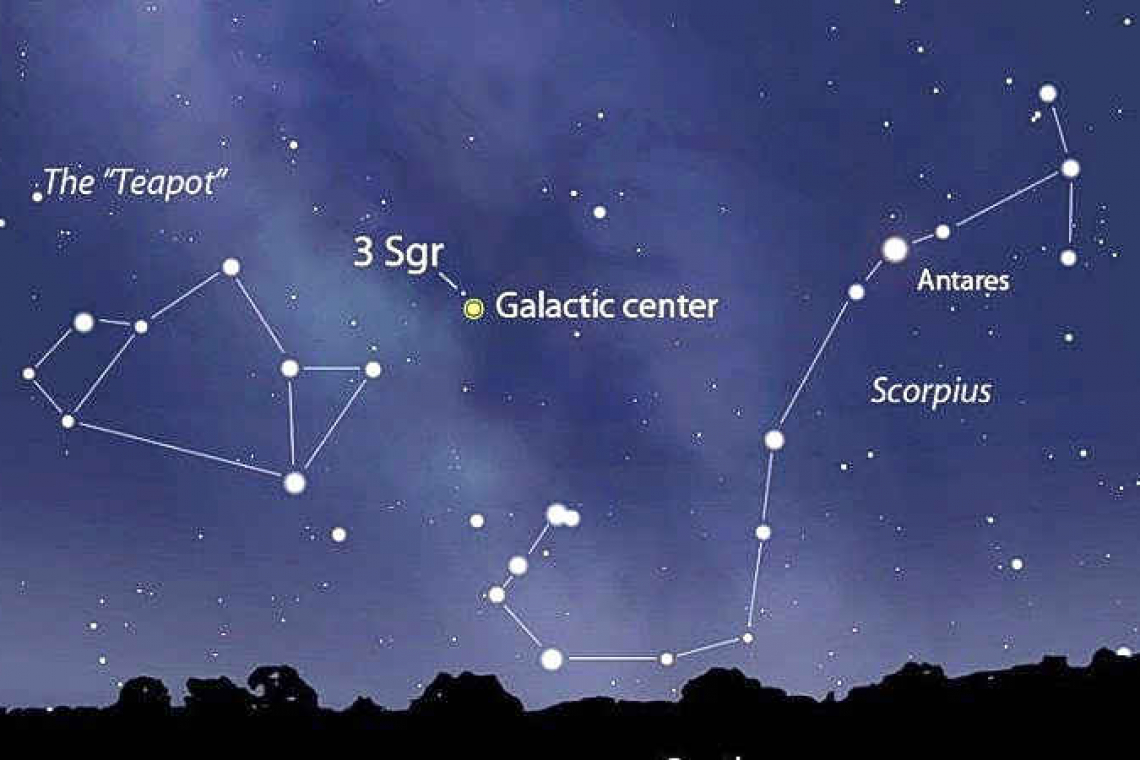~ St. Maarten’s Backyard Astronomy for August 20-22 ~
Sun rises at 5:55am
Sun sets at 6:34pm
Lunar phase: waxing towards full moon Sunday
Moon sets at 5:00am, Saturday
Moon rises at 6:20pm, Saturday
This weekend, enjoy the dusk-till-dawn light of the full moon. This month, the full moon is known as a seasonal blue moon, meaning it’s the third of four full moons in one season. The full moon of August is known as the Sturgeon Moon, so perhaps it’s a good time to go fishing. Regardless of your angling tendencies, you can locate the full moon rising from the eastern horizon just as the sun sets. As the night progresses, the moon will reach the apex of the night sky around midnight; and it will be in the west by dawn, dropping below the horizon just as the sun rises on the opposite side of the sky.
When you have a lovely full moon like we will have this weekend, some of the lesser stars are washed out, leaving only the brightest among them to shine down for our enjoyment. Same thing goes for the planets, but it’s worth a squint to find Saturn and Jupiter near the moon. All three will be clustered within the stars of the constellation Capricorn.
After sunset, the southern parade of constellations is filled with first degree stars, marking the sequence of Scorpius, Sagittarius, Capricorn and Aquarius. The significant stars to seek out are Antares, the Scorpion’s Heart; Kaus Australis, the Centaur’s Bow; and as the evening turns to night, look for Saturn and Jupiter close by the full moon.
Meanwhile to the north, a clear vantage point offers a good view of the Little Dipper pivoting around its tail, like the hands of a clock. The end of the Little Dipper’s handle is Polaris, the North Star – a marvel to consider, whether one is navigating the seas or simply appreciating our place in the universe. Polaris is the only star in our sky that does not shift through the night, all other stars and the moon and the planets, even the sun – it all rotates around Polaris, the centre of the hub. This is all from the earth’s perspective, but I like to imagine early mystics trying to understand what they were observing as they gazed at the geometry of the skies. They imbued great spirituality to the stars and the moon, and such things still have the power to humble us.
Thank you for keeping up with the Night Sky articles designed for St. Maarten sky viewing. If you are out later on in the week, each star rises about four minutes earlier each day than written here, and the moon rises 50 minutes later. Night Sky is researched and compiled by Lisa Davis-Burnett. Earthsky.org is a key resource for information and images. Questions or comments? Email This email address is being protected from spambots. You need JavaScript enabled to view it.







